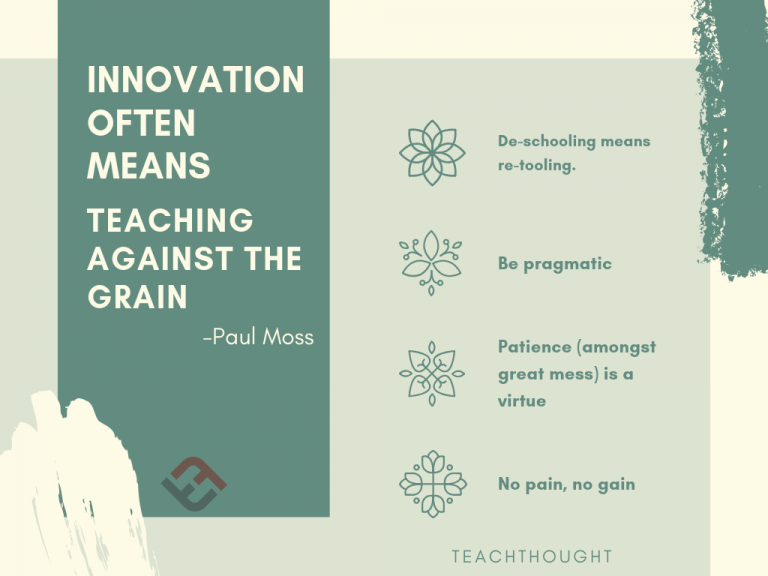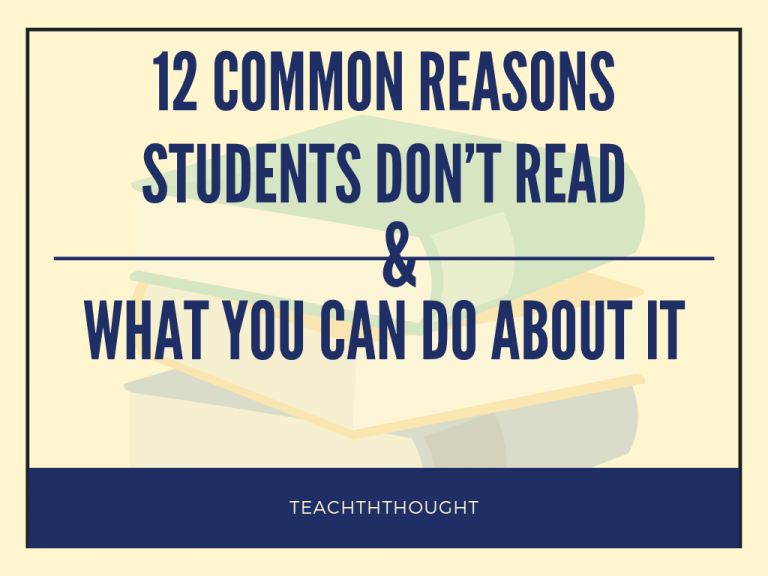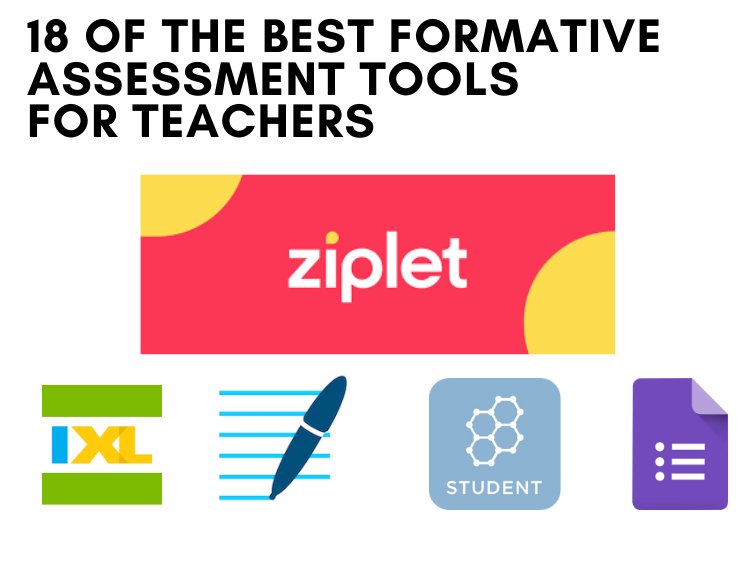36 iPad Apps For Struggling Readers & Writers? [Updated]
by TeachThought Staff
Whether you’re the parent of a child with a reading disability or an educator that works with learning disabled students on a daily basis, you’re undoubtedly always looking for new tools to help these bright young kids meet their potential and work through their disability. While there are numerous technologies out there that can help, perhaps one of the richest is the iPad, which offers dozens of applications designed to meet the needs of learning disabled kids and beginning readers alike.
Here, we highlight just a few of the amazing apps out there that can help students with a reading disability improve their skills not only in reading, writing, and spelling, but also get a boost in confidence and learn to see school as a fun, engaging activity, not a struggle.
See also 15 Of The Best Educational Apps For Improved Reading Comprehension & 20 iPad Apps To Teach Elementary Reading
What Are The Most Popular iPad Apps For Struggling Readers And Writers? 2025 Update
Selection criteria: iPad compatibility, active availability, clear support for foundational literacy skills, accessibility features for reading and writing difficulties, practical use in classrooms and at home.
1) Read To Me, Text To Speech, And OCR
Voice Dream Reader
Readable formats include PDF, EPUB, and web pages. Text to speech with word and line highlighting and adjustable visual settings.
NaturalReader
Reads PDFs, images, and web pages aloud. Supports cloud file import and simple voice controls.
Read&Write for iPad
Toolkit for reading and writing support that includes text to speech, picture dictionary, and word prediction.
Prizmo
Camera based OCR that converts print to selectable text. Reads recognized text aloud.
Microsoft Lens with Immersive Reader
Captures documents and sends text to Immersive Reader for layout simplification and read aloud.
Seeing AI
Reads short text and documents and identifies objects in real time.
Voice Dream Scanner
Scanner that recognizes text for use with Voice Dream Reader or in app reading.
2) Human Narration And Leveled Libraries
Bookshare Reader
Accessible ebook library for qualified students. Supports synchronized highlighting and navigation by heading and word.
Learning Ally Audiobooks
Human narrated audiobooks with highlighting for many school texts.
Epic!
Children’s digital library with Read To Me titles and basic progress tracking.
Newsela Student
Nonfiction articles available at multiple reading levels with comprehension checks.
3) Structured Literacy, Phonics, And Early Skills
OgStar Reading
Orton Gillingham aligned lessons that combine phonics, handwriting, and speech feedback.
Nessy Reading And Spelling
Practice in phonemic awareness, phonics, and spelling with adaptive pathways.
Simplex Spelling
Spelling sequences organized by phonics patterns with audio support and error feedback.
Ultimate Phonics
Large set of decodable lessons for older beginners and struggling readers.
Lalilo
Adaptive phonics lessons and decodables with a teacher dashboard.
LetterSchool
Letter formation with letter sound connections and visual guidance.
Writing Wizard
Customizable letter and word tracing with audio cues and progress tracking.
Word Wizard
Talking movable alphabet and spelling quizzes that pronounce letters and words.
OG Card Deck
Digital phonogram card deck for daily review of letter sound correspondences.
Sound Boxes For Word Study
Elkonin boxes for phoneme segmentation and blending activities.
4) Reading Practice And Fluency
Reading Eggs
Phonics based lessons and decodable texts with built in practice and review.
Bob Books Reading Magic
Interactive activities tied to Bob Books decodable sequences.
See Read Say
High frequency word practice with games and repeated exposure.
Reading Trainer
Exercises for pacing, attention, and chunking during reading.
5) Writing, Spelling, And Composition Supports
Co:Writer Universal
Word prediction, topic dictionaries, and speech to text for composing.
Snap&Read Universal
Read aloud, vocabulary support, and text simplification for source texts.
Keedogo
Early writer keyboard with simplified layout and large keys.
Keedogo Plus
Early writer keyboard with prediction and configurable vocabulary.
Notability
Note taking with handwriting, audio recording, and handwriting to text conversion.
Goodnotes
Structured notebooks with handwriting to text and shape tools.
Sound Literacy
Instructor toolkit for phoneme and morpheme instruction activities.
AppWriter
Text editor with word prediction, text to speech, and OCR import.
iWordQ
Reading and writing support that includes word prediction, proofreading speech, and a simple editor.
6) Dysgraphia, Math Notation, And Worksheets
SnapType
Turns a photo of a worksheet into a typeable document on iPad.
ModMath
Math editor with lined and gridded workspace for typed equations.
Implementation Notes
- Pair access tools with instruction. Use text to speech and OCR for access while maintaining daily decoding and encoding lessons.
- Use short routines. Example sequence: phonogram review, letter or word dictation, decodable reading, and a short writing response.
- Configure iPad built ins. Enable Speak Selection, Speak Screen, Reader view, and Dictation to extend these apps.
- Review app settings. Set fonts, spacing, and highlighting to match student needs and IEP accommodations.
- Monitor progress. Use teacher dashboards when available and record brief running notes after sessions.






